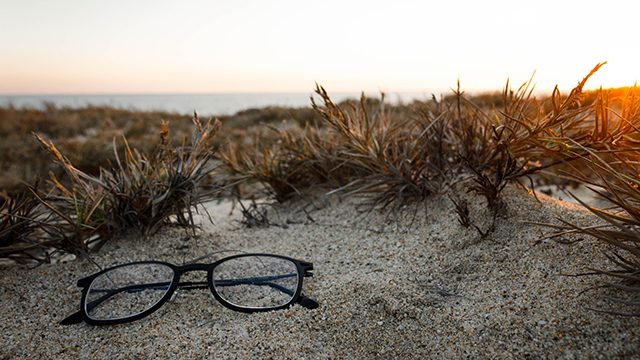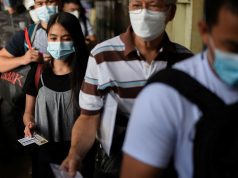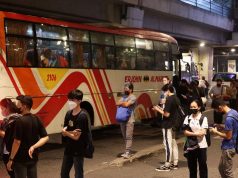An “epidemic” of myopia or nearsightedness has been steadily increasing per decade in the Philippines as a consequence of urbanization.
Nearly 40% of the Filipino population is currently myopic, ophthalmic optics firm Essilor said, and it will rise to nearly 50% by 2030 and 60% by 2050.
Essilor also found that children, particularly those in Asia, are most vulnerable to this illness.
“Studies suggest rapid increases in the prevalence of childhood myopia, affecting 80 to 90% of young people in some major cities,” the eyeglasses company said.
In the local setting, most myopic children came from developed cities such as Metro Manila and Cebu, according to the Department of Health.
Health Undersecretary Eric Domingo cited children’s constant use of electronic gadgets as the main causes of childhood myopia.
He said parents from urban areas use gadgets such as tablets and mobile phones as “babysitters” to keep their children busy.
The increase in the number of children wearing eyeglasses to repair their impaired vision as compared to 20 years ago is evidence of such a problem.
“This means that one out of three school-age children has blurred vision if they do not wear eyeglasses. This is very high and alarming,” he said in a report.
Essilor also cited the rising educational pressures and urbanization that resulted in near-work activities and less outdoor time for families as the main causes of the so-called epidemic.
Why we should worry
The National Eye Institute explains that myopia happens when “instead of focusing images on the retina—the light-sensitive tissue in the back of the eye—the lens of the eye focuses the image in front of the retina.”
Hence, myopic or near-sighted people can see clearly when objects are nearer but they soon struggle for objects in the distance.
High myopia can also lead to more concerning conditions.
“High myopia is associated with a higher risk of serious eye conditions such as glaucoma, cataract, retinal detachment and myopic macular degeneration—which can even lead to vision impairment or blindness later in life,” the company warned said.
Myopia among children can also severely affect their academic performance.
More than 2 billion people worldwide are diagnosed with myopia. Essilor predicts that by 2050, 5 billion or half the world will be myopic and nearly 1 billion will suffer from high myopia.
The current global cost for lost productivity due to such eye conditions is already an alarming $392 billion.
Unfortunately, studies on the long-term adverse effects of myopia remain scant.
A recent study that Essilor conducted showed that only 5% to 6% of parents in the United States and China are aware of possible solutions for it.
Solutions
Essilor suggested that the best way to detect myopia is at an early age through regular eye examinations.
- Regular eye examinations are key to early detection of myopia in children. The sooner a child’s myopia gets detected, the earlier the child will gain access to myopia management solutions and proper eye care.
- Parents should know the regular eye exams by an optometrist. This is part of basic health screening.
- It is important for children to have regular eye checks once every six months.
- Even if a child has been screened for myopia in school, it’s a good idea to take them for an eye check if they are squinting, having headaches or complain of blurred vision.
President Dr. John Ang of The International Vision Academy emphasized the need to provide solutions to myopia as early as possible as it easily progresses in adulthood.
“As eye care professionals, we have a common responsibility to present myopia management solutions as an option to manage myopia progression in children. We need to act fast, and we need to act now to be able to reduce associated long-term visual health risks because once myopia progresses, you can’t turn back time,” Ang said.










